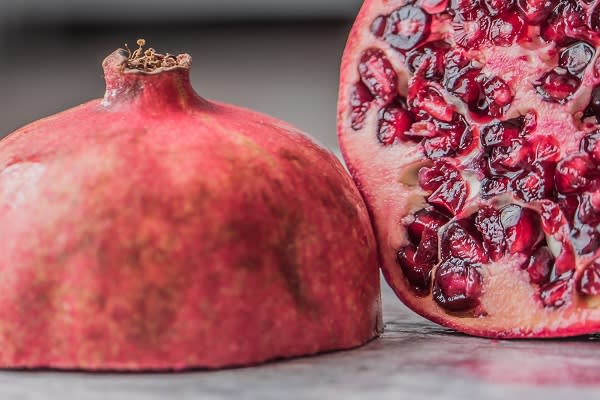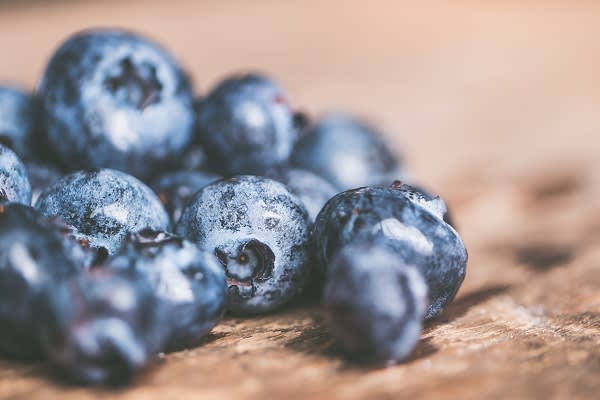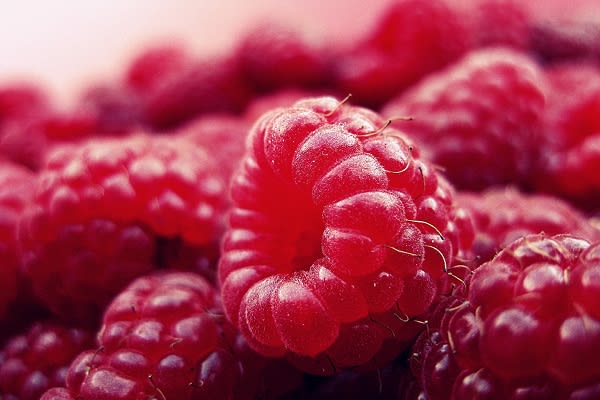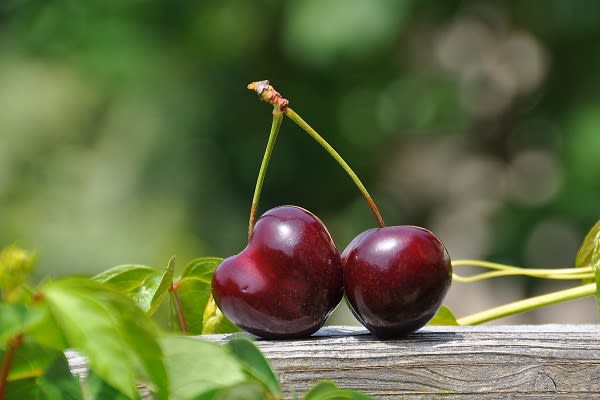Are Bananas Considered Berries or Fruits? And Other Fruity Questions
Are Bananas Considered Berries or Fruits? And Other Fruity Questions
Bananas, Berries, and Much More
You know the adage “Not everything is as it seems”? It’s usually used to contemplate the meaning of life—but it also applies to … produce.
Case in point: Tomatoes are fruits, but they’re eaten as vegetables. Almonds are seeds, but they’re eaten as nuts. Pumpkins are berries, but strawberries are not. Is your head spinning yet? Yeah, ours too.
Botany is a funny thing, with its own set of guidelines that sometimes conflict with culinary definitions. Take bananas, for example. In the culinary sense, bananas are known as fruits and are considered different from berries. But what does science say? Read on to find out if bananas are berries or fruits once and for all—after a little botanical education.

What Is a Fruit?
To put it simply, fruits are plant growths that contain one or more seeds. The purpose of a fruit is to spread the seeds of a plant so that it can reproduce—and ultimately, make even more fruits. Also, fruits are generally fleshy, meaning they contain water. It’s the reason why fruits are so wonderfully juicy.A fruit develops from a plant’s flower. Now, without getting too sciencey, it’s important to note that each flower contains reproductive structures called ovaries. Some flowers contain one ovary, while others have multiple. In either case, each ovary eventually becomes a delicious fruit. Got it? Good!

What Is a Berry?
So, what makes a berry a berry? In botany, a true “berry” is a fruit that grows from a single ovary. It usually has a slightly soft exocarp (outer peel), fleshy pericarp (middle portion), and soft endocarp (area that surrounds the seeds). Typically, berries also have many seeds. They don’t have a stone or pit like, say, peaches or plums.In the culinary world, berries are a bit different. From this angle, they’re considered to be small fruits that are juicy, pulpy, and fleshy. They usually have a roundish shape and the word “berry” in their name, even though they might not actually be a berry in the botanical sense.
So, Is Banana a Berry or a Fruit?
Botanically speaking, a banana is both a berry and a fruit. (Remember, if it’s a berry, it’s also a fruit by default.)
Here’s the deal: The banana flower contains one ovary, which grows into a single banana. The banana also has a somewhat soft skin, juicy flesh, and many tiny seeds. (Granted, the seeds are so small that you probably don’t even feel or notice them when eating a banana.) So, bananas are true berries—though we’ll be the first to admit that it’s hard to see ’em as berries in the way most of us use the word.
What About Other Fruits?


